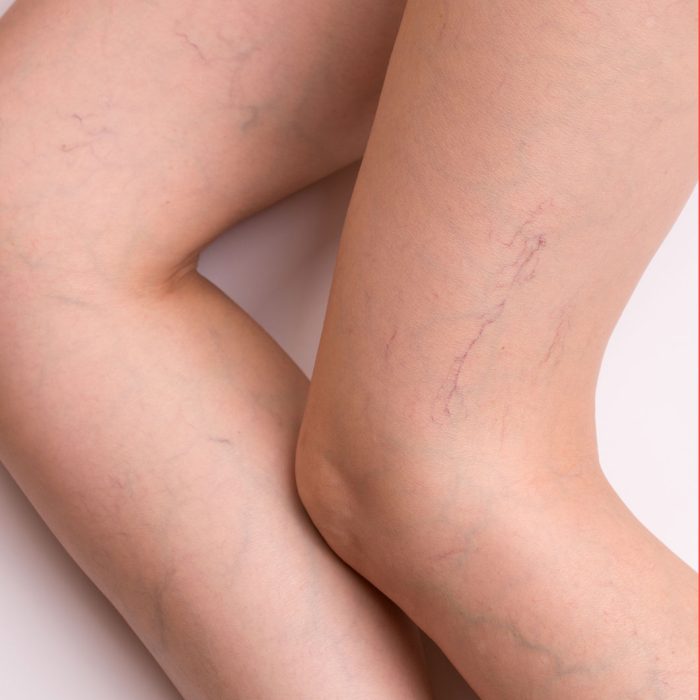Table of Contents
ToggleHow to Manage Spider Veins During Pregnancy
Pregnancy is a transformative time for a woman’s body, bringing about many changes, both visible and invisible. One common change that many women experience is the appearance of spider veins. These tiny, web-like blood vessels can be unsightly and sometimes uncomfortable, leading many expectant mothers to seek information about their causes and treatment options. Understanding why spider veins develop during pregnancy and how they can be managed is crucial for maintaining both physical comfort and confidence.
Causes of Spider Veins During Pregnancy
Spider veins, also known as telangiectasias, often appear during pregnancy due to several factors related to the body’s physiological changes. The increased blood volume needed to support the growing fetus puts extra pressure on the veins, especially in the lower body. This pressure can cause the small veins near the surface of the skin to become enlarged and more visible.
Hormonal changes also play a significant role. During pregnancy, elevated levels of progesterone cause the walls of blood vessels to relax, making it easier for them to expand and form spider veins. Additionally, the expanding uterus can press against veins in the pelvic area, further increasing venous pressure and contributing to the development of spider veins, particularly on the legs.

Treatment Options for Spider Veins During Pregnancy
While spider veins are often harmless and tend to fade after childbirth, many women seek ways to minimize their appearance during pregnancy. Several treatment options are safe and effective for managing spider veins.
1. Compression Stockings
Wearing compression stockings is one of the most recommended ways to prevent and reduce spider veins during pregnancy. These stockings help improve blood circulation, reduce swelling, and prevent the veins from expanding.
2. Exercise and Movement
Regular exercise, such as walking or swimming, can promote healthy blood flow and reduce the risk of developing spider veins. Avoiding long periods of standing or sitting can also help minimize pressure on the veins.
3. Elevating the Legs
Taking breaks to elevate your legs above heart level can relieve pressure on the veins and reduce the appearance of spider veins.
4. Topical Treatments
Certain creams and ointments are formulated to improve circulation and reduce the visibility of spider veins. Always consult a healthcare provider before using any topical treatments during pregnancy.
5. Healthy Diet and Hydration
A balanced diet rich in vitamins C and E, along with staying hydrated, can support vein health and reduce the risk of spider veins.
6. Post-Pregnancy Treatments
If spider veins persist after pregnancy, more invasive treatments, such as sclerotherapy or laser therapy, may be considered. These treatments should be done after childbirth and breastfeeding.
Spider veins during pregnancy are a common concern, but understanding their causes and knowing how to manage them can help alleviate anxiety. While many cases improve postpartum, adopting healthy habits and using safe treatments can minimize their impact during pregnancy. Always consult with a healthcare provider before starting any treatment to ensure it is safe for both mother and baby.
Conclusion
It is important for people considering skin tag removal in plano , laser hair removal in plano ,microneedling in plano, Hydrafacial in plano, Microdermabrasion plano, Laser electrolysis plano, Nail Fungus plano, Rosacea Treatment in plano, Spider Vein Removal plano, Wrinkle Reduction in plano, Botox in plano, Hifu in plano, to undergo a full consultation with a qualified doctor or cosmetologist – Aesthetician Nasrin – to assess their suitability for this procedure and discuss their .
No comment yet, add your voice below!